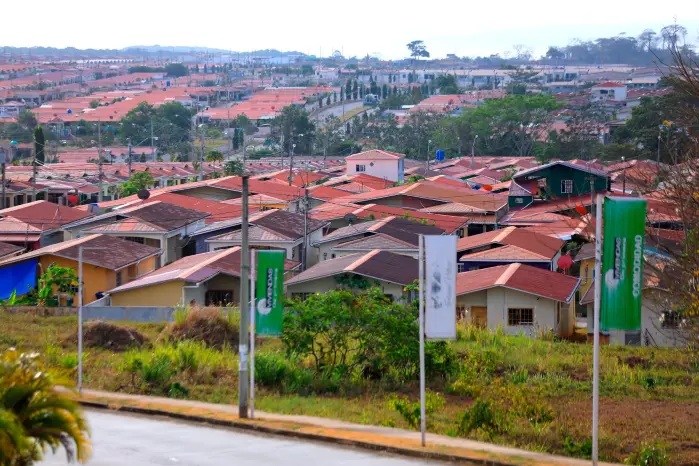The Growth of Panamanian Private Banking is Driven by Households and Businesses
The Household sector continues to be the main driver of local credit, absorbing 54% of the portfolio.

The recent Banking Activity Report from the Superintendency of Banks of Panama (SBP), as of September 2025, reveals mixed dynamics in the loan portfolio of the National Banking System (SBN), marked by solid expansion in the private sector that offset the contraction in loans to the public sector. The total portfolio of the local sector showed positive performance thanks to the 2.31% expansion in loans granted by the National Banking System to the private sector.
Expansion
The total portfolio of the local sector showed positive performance thanks to a 2.31% expansion in loans granted by the SBN to the private sector. This figure was higher than that reflected by the total portfolio and is considered indicative of the banking system’s contribution to the economic recovery, particularly in the productive sectors. The flip side was found in loans granted to the public sector, which experienced a significant decrease of $645 million, or -27%.
Distribution
When analyzing the distribution of loans by type of bank, state-owned banks account for 18% of local loans, while private banks (Panamanian and foreign) hold 82%, with foreign private banks leading at 46% and Panamanian banks at 36%. By purpose, the household sector continues to be the main driver of local credit, absorbing 54% of the portfolio, distributed among residential housing, personal loans, auto loans, and credit cards. In the last five years, this segment has grown by 22%, totaling $6.323 billion.
Household Credit
Residential housing closed September with $20.092 billion, registering a year-over-year growth of 2% and accounting for 58% of household loans. Meanwhile, the personal loan portfolio reached $9.875 billion, an increase of $293 million compared to September 2024. Credit cards and auto loans maintained balances of $2.716 billion and $2.179 billion, respectively. The corporate sector, for its part, represented 40% of local loans. Its growth between 2020 and 2025 was 11% (almost $2.6 billion), with placements focused mainly on commercial activity, services, and industry, according to the SBP. He explained that commercial activities stand out for having the highest year-on-year growth, while sectors such as construction and agriculture have performed less favorably.
New Portfolio
The new portfolio reflected overall growth of 5%, reaching $19,786 million. This growth has been driven mainly by private banks, which showed a positive increase of 14% ($2,104 million). Conversely, public banks maintained a reduction in their disbursements, influenced by the drop in credit lines to the government and financial loans to other banking entities. Within domestic disbursements, the portfolio destined for the commercial sector maintains the largest proportion of growth.
Improvement in Quality
In terms of quality, the non-performing loan portfolio (delays of more than 90 days) showed a slight improvement, standing at 2.24% for the total system. The portfolio to non-resident clients maintains a favorable delinquency rate of 0.34%, facilitating a safe increase in loan volume. At the local level, the SBP registers a delinquency rate of more than 90 days of 3.33%. The sectors with the best delinquency performance are industrial (0.51%) and commercial (2.4%). The mortgage sector maintains the highest delinquency rate, around 3.7%. However, despite its majority share of the portfolio, the low levels of write-offs suggest that borrowers are managing to meet their obligations without losing their homes. The SBP report concludes that “despite possible lag effects influenced by mid-year events, the performance of the Panamanian loan portfolio demonstrates the resilience and active role of private banking in supporting the national economy.”




